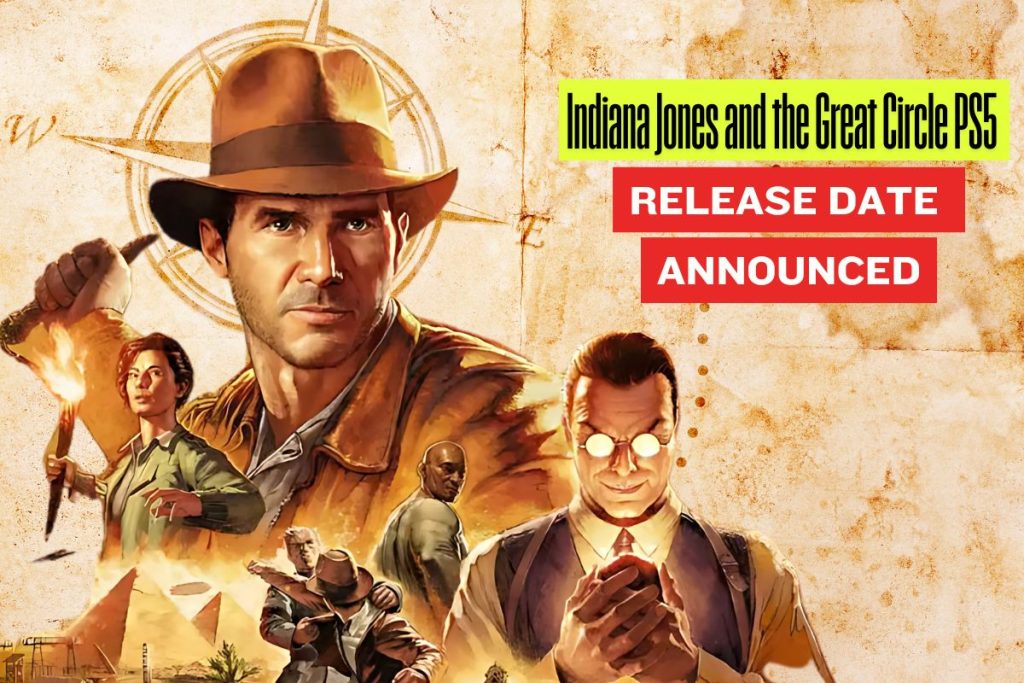
How Fitness Centers Can Leverage Social Media Marketing
In this digital age, social media has become a very strong tool for businesses, including the fitness industry. With the growing health consciousness, fitness centers now have an opportunity to use social media to attract their target audience, create brand recognition, promote engagement, and stimulate growth. This article focuses on the creation and keeping of a powerful web presence, developing compelling content, cooperation with influencers, the use of advertising tools, and improvement of the strategy based on data.
Table of Contents
Establishing a Strong Online Presence
Developing creative social media profiles and having consistent branding across platforms is a crucial factor that determines the credibility of fitness centers and their audience’s resonance with their messages. Research is important for knowing which platforms the target audience is most active on. Then optimize the profiles on those channels with visually appealing profiles and relevant keywords for better visibility.
Creating a coherent brand identity that embodies the fitness center’s values, personality, and unique selling proposition by employing a consistent brand voice, visual components, and messaging across all platforms results in a brand image that is easy to recognize and trust.
Crafting Engaging Content
The audience’s resonance with the content forms a foundation of effective social media marketing. Conducting audience data study, creating a persona outlining the key demographics, interests, and pain points, and enjoying the content. Finally, leverage analysis, surveys, and reviews as resources for establishing a suitable content creation framework.
Diversification of content types, i.e. videos, images, articles, and infographics, will keep the target audience engaged. Highlighting success stories, testimonials, and clients’ transformations demonstrates the efficacy of the program, increasing credibility. As an ambitious strategy, involving clients to tell their fitness stories based on UGC presents their true, real content that helps the community cohesion and confidence.
Fostering Community Engagement
Engagement is crucial. Fitness centers must place more significance on promptly dealing with comments and messages equipped with personalized, helpful replies rather than using automated answers that do not address people’s needs.
Combining the Q&A sessions, live workouts, contests, polls, and challenges increases user engagement taking the content to the next level and bringing a sense of community by real-time interactions.
Providing an opportunity for dialogues and peer support, where the audience can be encouraged to tell stories, ask questions, and motivate each other, creates a stronger community. Bringing people together for meet-ups, events, or online communities will allow audience members to discuss their issues, and thus be supported thus developing an inclusiveness/a sense of belonging.
Collaborating with Influencers
With influencer marketing, fitness centers have the opportunity to expand their audience reach and utilize within the fitness niche the credibility and authority of individuals who have a great influence in social media. Extensive research narrows down the selection of influencers whose viewers’ target audience matches up with the target market, evaluating their credibility, interactivity rates, and content quality
Personalized pitches that show an understanding of the influencer’s brand and audience and how the partnership will benefit both parties are more likely to get a positive response. Agreements where the parties are beneficiaries of product/service trades, sponsored content, or affiliate marketing programs, match both parties’ objectives, considering authenticity and relevance.
Implementing Paid Advertising Strategies
Alongside the usage of organic social media, the adoption of paid advertising tactics can help gyms to acquire followers and good-quality leads faster. Setting measurable goals, that are aligned with business objectives, is an integral part of a successful campaign. Lead generation or brand awareness, for example, are some of the business objectives. KPIs should be followed up to track the campaign’s success.
Resource allocation in its true sense combines budgeting and distribution of funds among platforms and ad formats while taking into account audience preferences, costs, and historical data.
Leveraging audience targeting functionalities makes it possible to achieve the needed results when it comes to reaching highly specialized demographic, interest, behavioral, and geographical segments that are perfectly in line with the profile of the ideal customer. Creating ads that are contextual to their interests and using messaging that explains how the product benefits each segment will establish greater relevance and impact.
Measuring the effectiveness of advertising by tracking metrics like click-through rate, conversion rate, and engagement rate, and using the data to continually optimize ads through adjusted targeting, creative elements, and ad spend allocation is vital.
Analyzing Results and Iterating Social Media Strategies
Evaluation, acquired expertise, and adjustments must be done all the time. Utilizing tools such as analytics that track metrics across various platforms allows for refining strategies and identifying areas that need improvement.
The analysis of the best-performing content, engagement drivers, and successful campaigns helps in identifying the common success factors that can be repeated as well as testing new strategies to keep the social media outreach fresh and interesting.
Being aware of new industry developments, updates, and trends in platforms is a good way to make sure the strategies remain efficient and actual. Being flexible and responsive at the same time helps address changes in the patterns of audience preferences, algorithms of the platforms, or business trends, keeping the means under control and influencing.
Conclusion
Social media marketing is the ultimate tool for fitness centers to produce a connection with their target market, raise brand awareness as well as attain more engagement from the market. Through having a robust presence, developing the right content, interacting with their audience, cooperating with influencers, and working on paid promotion, fitness centers will certainly make use of social media’s full potential.
Our goal is to structure this guide as a comprehensive map and share with you the experience of a successful player in social media. Encompassing these tactics with confidence, being agile, and frequently updating the ways of working based on data insights is the core. Through successful social media marketing, it is possible to reach a big audience, nurture strong community engagement, increase revenues, and become a part of a healthier, more active community.
May 20, 2024
















